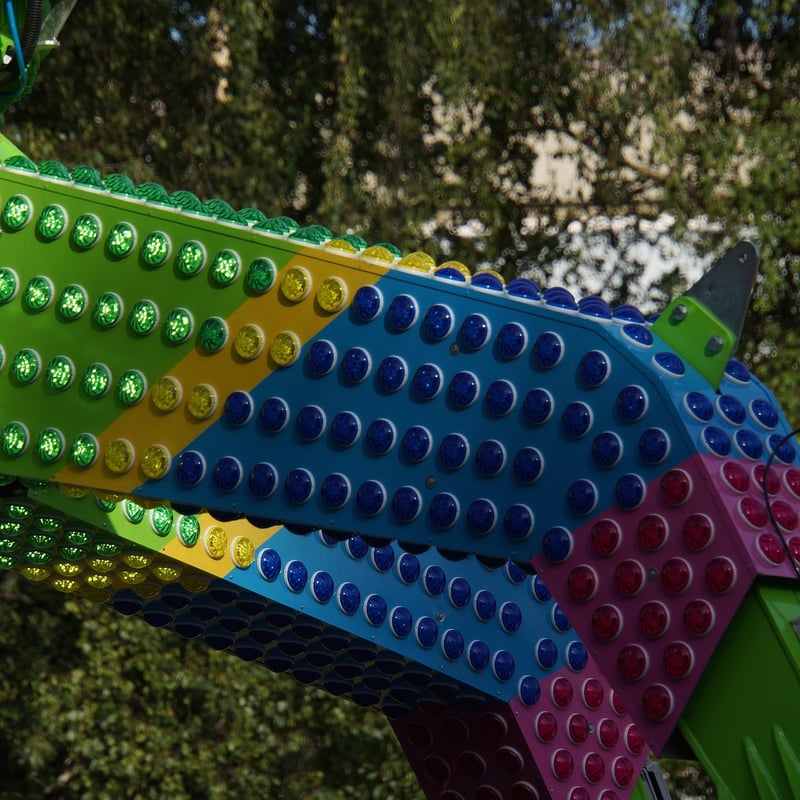Lighting Techniques
Master the Art of Underwater Photography + Lighting Techniques
Introduction
Underwater photography is a captivating and challenging form of art that requires a unique set of skills. Mastering this craft involves not only understanding your camera and equipment but also utilizing proper lighting techniques to capture stunning underwater images. In this guide, we will delve into the world of underwater photography and explore essential lighting techniques to help you elevate your underwater shots.
The Basics of Underwater Photography
Before diving into lighting techniques, it's crucial to grasp the fundamentals of underwater photography. Understanding aspects such as buoyancy control, composition, and white balance settings is essential for capturing clear and vibrant images beneath the surface.
Lighting Techniques
Lighting plays a vital role in underwater photography as water absorbs and scatters light differently than air. Here are some essential lighting techniques to enhance your underwater shots:
1. Natural Light Photography
Utilize natural light to your advantage by capturing images in clear, shallow waters with ample sunlight. Position yourself between the sun and your subject to illuminate it effectively and avoid shadows.
2. Strobe Lighting
Strobe lighting is essential for underwater photography as it helps to add light and restore colors that are lost in the water. Position your strobes at different angles to avoid harsh shadows and achieve a balanced exposure.
3. Backlighting
Experiment with backlighting by positioning your light source behind your subject to create a stunning silhouette effect. This technique can add depth and drama to your underwater compositions.
4. Snoot Lighting
Snoot lighting involves using a narrow beam of light to illuminate a specific part of your subject, creating a spotlight effect underwater. This technique is ideal for highlighting intricate details or creating a dramatic focal point.
Conclusion
Mastering underwater photography requires a combination of technical expertise and artistic vision. By understanding the basics of underwater photography and incorporating advanced lighting techniques into your workflow, you can capture breathtaking images that showcase the beauty of the underwater world. Experiment with different lighting setups, practice regularly, and never stop learning to refine your skills and take your underwater photography to the next level.

Explore the mesmerizing world of underwater photography and unlock your creativity with the right lighting techniques!
